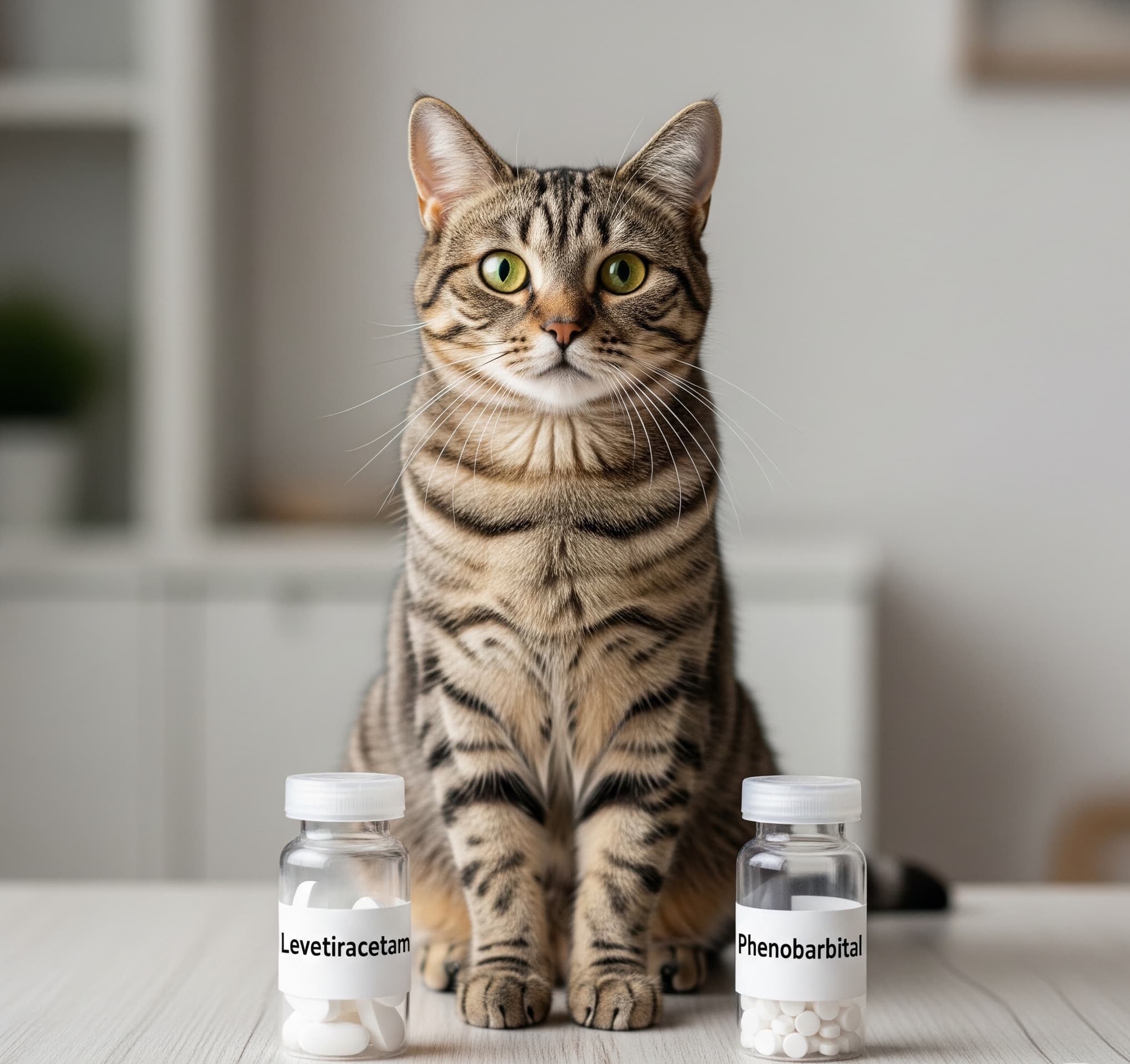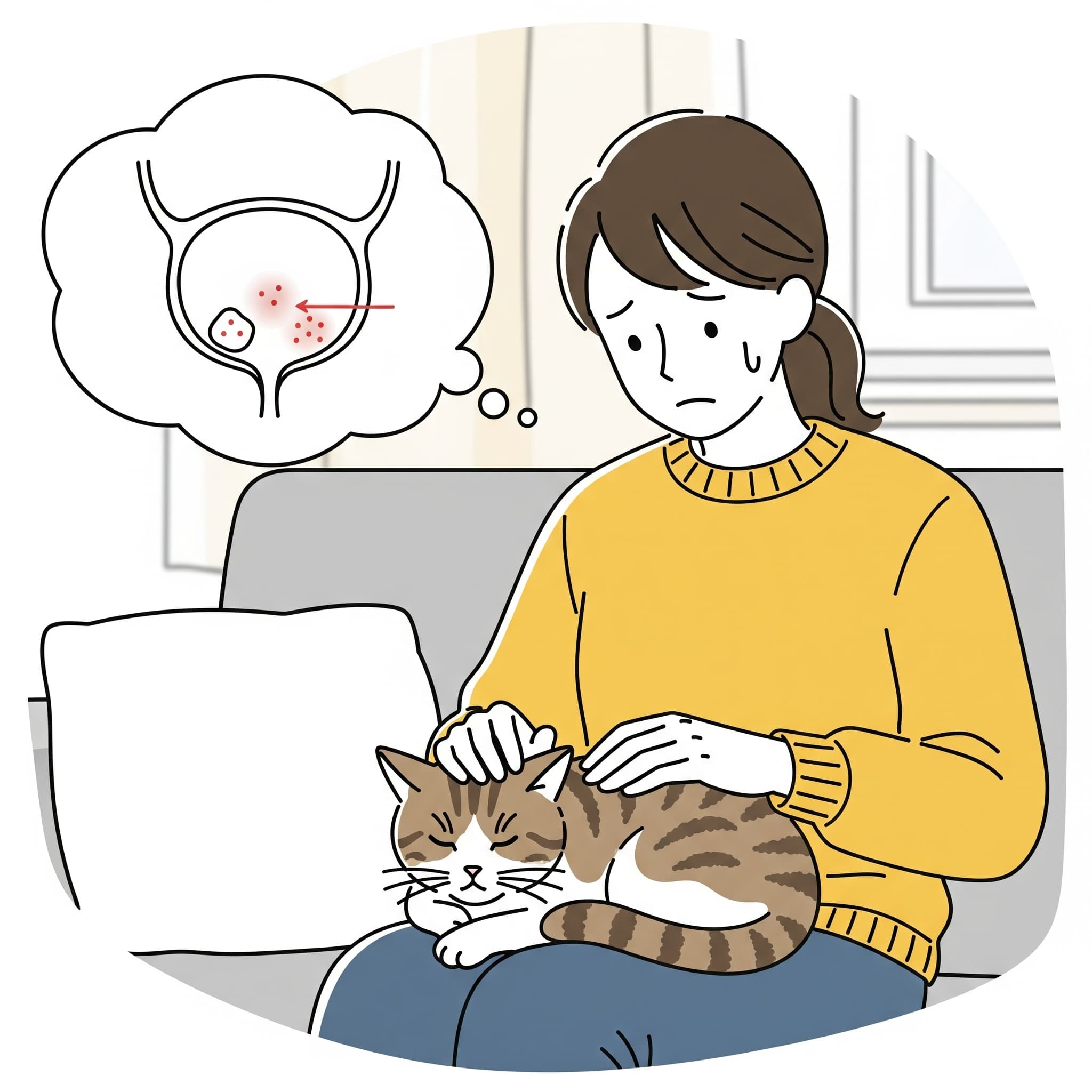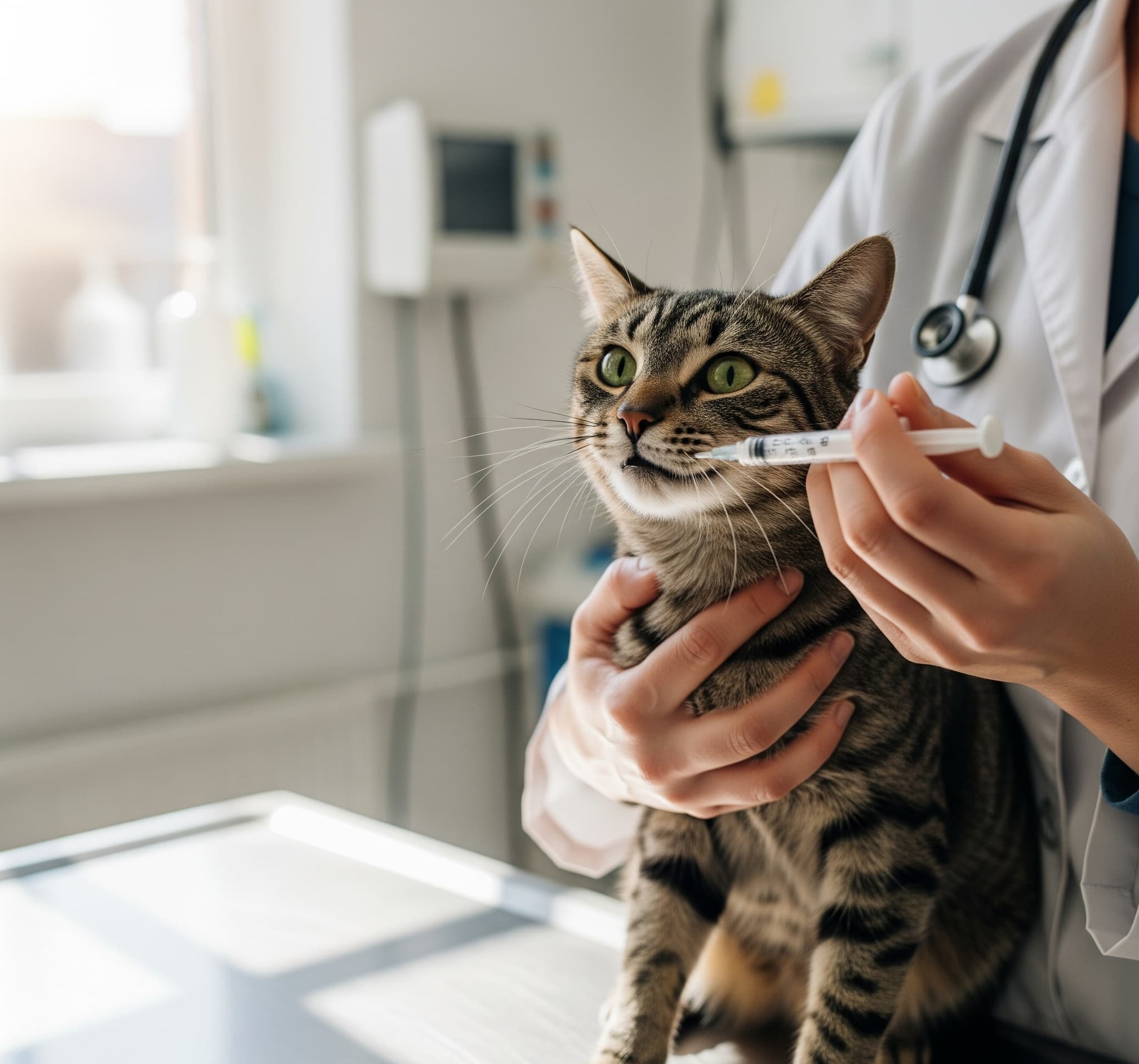Which Is Better for Cats? Levetiracetam vs. Phenobarbital Unveiled
Explore which seizure medication—Levetiracetam or Phenobarbital—is truly right for your cat with epilepsy. Get the lowdown on the perks, the downsides, and the finer points. Read on!
Introduction
Has your heart dropped watching your cat convulse? When epilepsy hits, every spasm claws at your nerves. Finding the best med can feel like fighting your way out of a fog. Levetiracetam and Phenobarbital are the two titans most vets mention, but which one stacks the odds in your cat’s favor? This guide dives into how each drug works, what risks they carry, how they fit into daily life, and how to read the signs of a winning choice. Consider it a map out of the maze and toward more quiet afternoons.
To keep this as breezy as a whisker twitch, here’s the scoop:
- What’s Feline Epilepsy and Why Medication Matters
- Levetiracetam: The Fresh, Fast Player
- Phenobarbital: The Seasoned Workhorse
- Clash of the Titans: Efficacy and Side Effects Compared
- Your Questions, Straight-Answered
Ready? Let’s stretch and leap right into it.
What’s Feline Epilepsy and Why Medication Matters
Think of feline epilepsy as a thunderhead rumbling inside your cat’s head—one minute it’s peaceful, the next she’s twitching or button-falling. Watching it unfold is hard, and without meds the storm keeps rolling. Levetiracetam and Phenobarbital act like lightning-rod collars, dulling each flash and giving your cat longer stretches of sunshine. Every cat is a different weather system, though; age, overall health, how often the storms hit, and even how many zeros you can spend all tilt the balance toward one drug or the other.
Choosing one drug is a bit like deciding between a snappy new electric scooter and your grandmother’s well-treaded bicycle. Both rides will deliver, but how you feel at the curb is not the same. Let’s kick the tires on both and find the fit for your furry co-pilot.
Levetiracetam: The New Kid on the Block
Levetiracetam, sold as Keppra, is the fresh face the vet is smiling about these days. For kitties who zip into the clinic with wobbling legs and blank looks, this med is stepping up, calming the lightning in their heads and playing nice with their insides. Here’s the scoop:
How It Works: Levetiracetam slows down the chatter between brain cells and lops off the dramatic spikes that cause shakes. Picture the wild-bass rave outside the house suddenly turned down to a warm, steady glow.
Pros:
- Softer side effects than the older gang of meds. Most cats shrug and keep napping.
- No laborious liver tests every month. One less trip and one less growl from the carrier.
- Acting fast: many cats are calmer inside a week.
Cons:
- Cost is higher than the classic Phenobarbital. Your vet’s office bill will wave.
- The schedule bites: some cats need a tiny pink pill two or three times a day, and the sneaky ninjas are no joke.
- The long-game play is still filling out; we’ve got decades with Phenobarbital, but Keppra’s cat library is still getting revised.
Real talk: Levetiracetam is a fantastic choice if you need a modern option with a light side-effect footprint, particularly for kittens or cats with tender livers. Just keep in mind you’ll need to stick to a dosing schedule that’s even tighter than your cat’s usual napping agenda.
Phenobarbital: The Old-Faithful Workhorse
Phenobarbital is the vintage champ of seizure management, rocking the vet scene for longer than most of us have been around. It’s kind of like that family casserole you roll your eyes at—simple, no truffles involved, but it always brings you back. Here’s the scoop:
How It Works: The drug nudges the GABA system into overdrive, handing out ‘calm down now’ tablets to overexcited brain cells.
Pros:
— Cuts how often your cat has seizures, period.
— Easy on the wallet compared to Levetiracetam.
— Once or twice a day dosing means you can still get to work on time.
Cons:
— Your cat might get a little woozy, a shaggy-waggy wobble, or suddenly act like she’s never met a kibble she didn’t want.
— The liver can fishtail after a while, which means quarterly blood draws to keep an eye on the party.
You’ll need to give it about a week or two to start working its magic, so cork the impatience for now.
Here’s the scoop: Phenobarbital is a veteran on the epilepsy battlefield. It’s wallet-friendly and has the street cred to back it up. Think of it as your trusty vinyl record—solid sound but the occasional scratch and a need for cleaning. If your kitty is also dealing with other health puzzles, liver stuff in particular, a sit-down with your vet is a must before you hit play.
Clash of the Titans: Efficacy and Side Effects Compared
Now we’ll throw these two into the friendly neighborhood ring and see how the jabs land. Which one deserves the belt for feline epilepsy? Here are the scorecards:
Efficacy: Levetiracetam and Phenobarbital both score high—60 to 80% of cats sail into stable seizure seas on either. Levetiracetam is a quick-adjust champion, so it often shines for cats racking up seizures in short order. Phenobarbital has the long-game trophy, especially for the tough cases that need time to fight. It’s the difference between a fast, high-decibel sprint and a low, unfaltering marathon.
Side Effects: Levetiracetam clearly takes the prize here. Feline patients usually tolerate it very well, showing only the faintest hint of sleepiness or a slightly irritable mood. Phenobarbital, on the other paw, sometimes turns a dignified cat into a tipsy party crasher—wobbly legs, weird balance, and an uncontrollable desire to graze the food bowl like it’s the last taco at the fiesta. Over the years, the medicine’s possible toll on the liver is what keeps most owners awake at night.
Cost and Convenience: When the numbers are crunched, Phenobarbital wins the wallet war, typically priced at nearly half what you’ll spend on Levetiracetam. Yet, the latter earns gold stars for the busy calendar—fewer blood draws mean fewer vet visits. If your cat is a seasoned drama queen about pills, the less frequent daily dose of Phenobarbital may restore household peace.
Best For: Levetiracetam is the top choice for furry friends with liver quirks or for those who can’t handle many side effects. Phenobarbital suits families on a tighter budget or for kitties whose seizures are frequent and dramatic, requiring a proven heavyweight.
Feel the fuzziness still? Grab a moment with your vet and lay out the whole picture. Sometimes, they’ll suggest a tag-team approach: a dose of Phenobarbital in the morning and Levetiracetam at night, like an Avengers squad for your cat’s brain.
FAQs: Your Top Questions, Straight Answers
Wondering what med choices mean? We’ve collected the questions feline parents keep asking about Levetiracetam and Phenobarbital:
Can I just swap one med for the other?
Not without a rehearsal. Your vet will slowly dial down one and gradually pull up the other, all to keep seizure spark plugs from firing. It’s a slow choreography—stick with their rhythm.
How quickly will I notice a difference?
Levetiracetam often starts to ease the thunder in three days. Phenobarbital usually takes a week or little more to settle in. Between doses and moods, practice the art of waiting—much like the art of coaxing your cat back from a shelter of grievance.
Are there plant or food fixes?
Some folks try kibbles, herbs or fish oils, but science hasn’t shown any of those to turn the dial like the scripts in your cupboard. If a bright bottle or new pouch tempts you, run it past your vet first.
Is it safe to keep giving these meds?
Levetiracetam takes the scenic route through the liver, so it’s a kinder cruise for cats carrying other baggage. Phenobarbital usually sails smooth, but liver checkups—blood draws, trays, tails—are mandatory to catch any unexpected detours.
What will this add to my budget?
Expect Phenobarbital to land you in the $20 to $50 monthly range, while Levetiracetam tends to be pricier, often between $40 and $100, depending on the dose the vet recommends and the pharmacy’s markup. It pays to compare prices, and online pet pharmacies sometimes offer better deals.
Final Thoughts
Deciding whether to start Levetiracetam or Phenobarbital for your cat’s epilepsy feels a bit like selecting a new scratching post—there’s no clear winner for every feline. Levetiracetam is a newer, kinder choice with fewer side effects, making it great for kitties who don’t tolerate medication well. Phenobarbital, on the other paw, is the time-tested workhorse: it’s lower-cost and effective, though it does require regular blood checks to stay safe. The best approach balances your vet’s advice with your kitty’s individual quirks.
Want to keep the convo going? Book a chat with your veterinarian to weigh the options, and please share your journey in the comments—how’s your little epilepsy warrior adapting to the meds? If you found this guide helpful, forward it to fellow cat lovers or subscribe to our newsletter for more purr-fect care tips. Your furry family member deserves every ounce of goodness we can offer—let’s work together to keep those seizures in check!




Post Comment